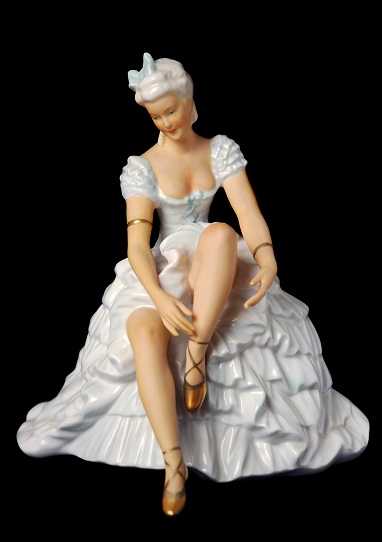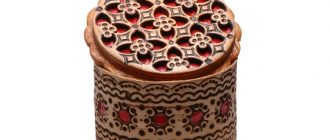Russian porcelain has a rich history, with the design & technology of earlier centuries retained even today to form exquisite and matchless porcelain ware. Read our guide for more facts and information about porcelain vases from Russia…
Porcelain is known for its dazzling white color and amazing strength. As it was first made in China, it is also called ‘China’ or ‘fine China’. It was even referred to as ‘white gold’, as monarchs of those days considered it a prized possession, owing to its rarity. The word ‘porcelain’ means ‘regal’, ‘royal’ or ‘domain of rulers’. It was believed that porcelain dishes changed color when poisoned drinks or food were placed in them, hence European monarchs such as the Tsars of Russia used porcelain in the court.
History of Russian porcelain
Russian porcelain dates back to the 17th century, to the days of Peter the Great, the founder of St. Petersburg. He was fascinated by the Saxon invention at Dresden Court and tried to find the secret behind porcelain making. However, it was only after his death that his daughter Empress Elizabeth pursued her father’s interests, and as a result, Dmitri Vinogradov, a talented engineer discovered a formula which characterized Russian porcelain. She established Russia’s earliest porcelain manufacture namely, the Imperial Factory, in 1744, and the first Imperial tableware was made for her in 1756. Vinogradov left behind his extensive notes on porcelain production technology.
In 1776, the earliest private porcelain production was started by Francis Gardner, at Dmitrovsky district. The porcelain factory of Alexei Popov came in 1811, and Philip Batenin produced classical porcelain with flower motifs and landscapes in the early 19th century. Gzhel porcelain that originated as early as the 14th century in the Gzhel village near Moscow featured folk tales pertaining to pagan gods, octagonal shapes with radial points and clover leaves.
Unique features of Russian porcelain
Glazed cobalt typifies Russian porcelain, as seen in Majolica from Gzhel. The famous white and blue painting technology was probably introduced by Mongols in the 13th century. After designing, the product is fired at extremely high temperatures, allowing the paint to acquire a deep blue color, glazed by the process. The shimmering durable design on white porcelain depicts an elite look.
The bottom of an Imperial Factory porcelain figure contains a logo called backstamp which dates the figure. They have changed over historical eras, and post-soviet backstamp was a red ‘LFZ. While the color changed to blue in 2002, after 2005, it was changed to a double-headed eagle with the company name.
Russian porcelain products
The ancient Slavs employed ceramic jars for ceremonial purposes, and calendars. Octagonal designs on tableware indicated their recognition of eight parts of the world. Noble women of the 18th century wore porcelain shards as jewelry, and palaces were decorated with porcelain items, while European rulers exchanged porcelain for gifts.
Besides tableware such as cups, saucers, glasses, mugs and teapots, there is a versatile range of souvenir and gift items of Russian porcelain. Dishes and vases with colored coating coupled with gold ornaments and lavish polychrome painting are unique. Relief designs and miniature sculptures portray porcelain plastic art.
The lavish history of Russian porcelain is also ascribed to porcelain dolls, portraying geographical areas and fairy tales. With hand-sewn elaborate costumes, they are great collectibles. Hand-painted animal and bird dolls are also among them. Museums around the world exhibit the valuable figures and figurines of Russian porcelain. Pictures of porcelain art have also been used in a range of Russian stamps.





